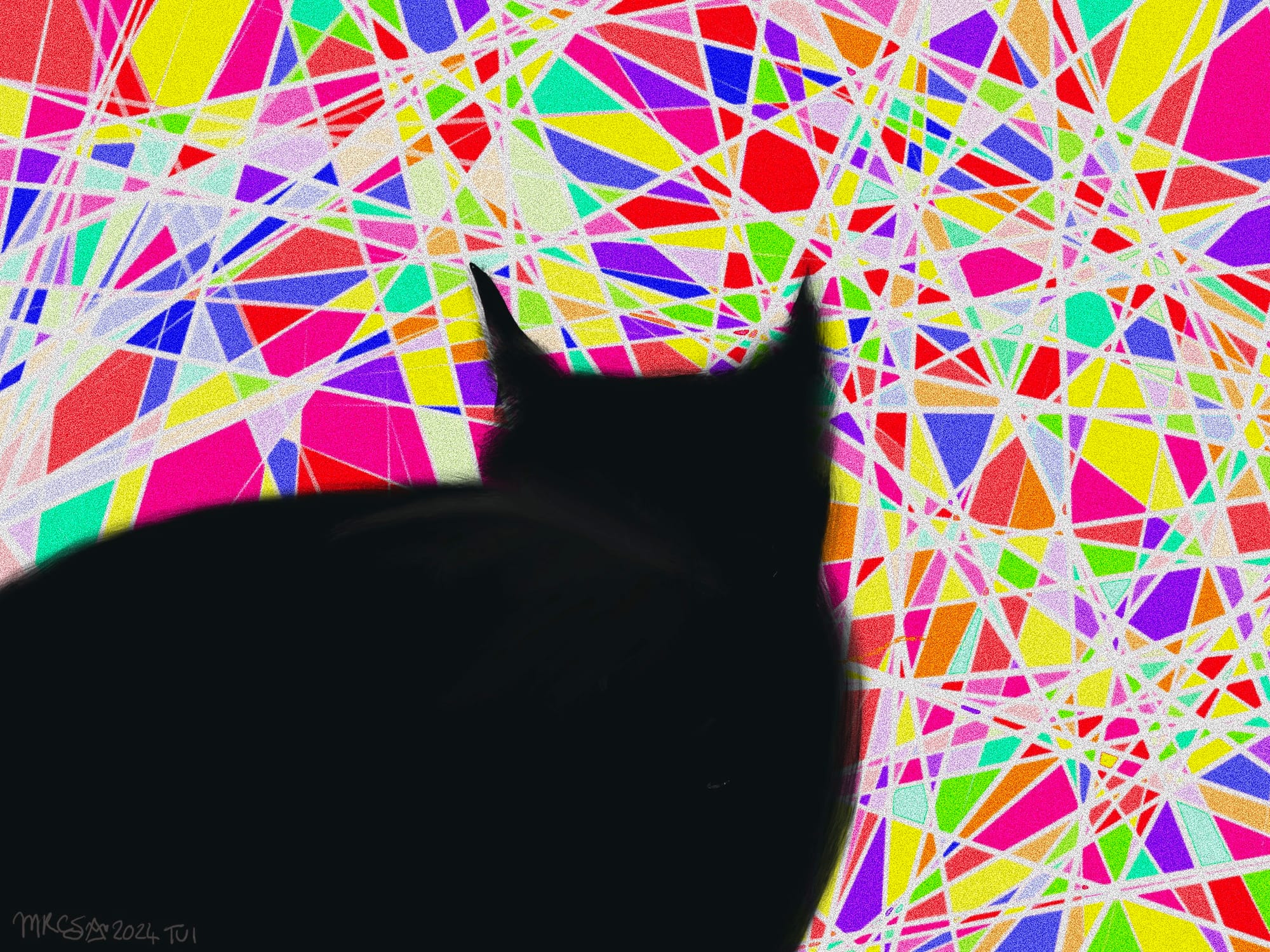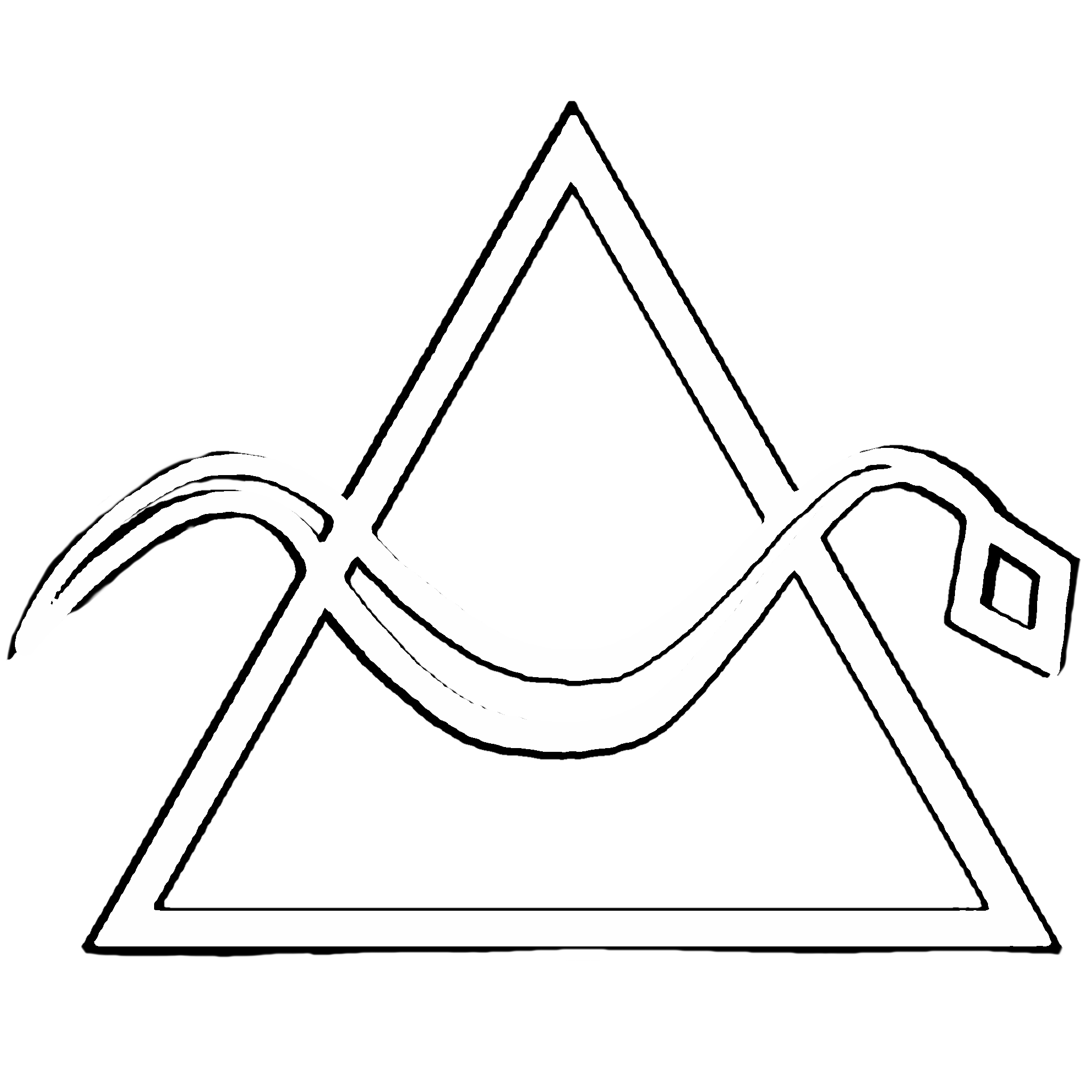Ways in Which Howl’s Moving Castle Is Like a Kaleidoscope
Halfway through the book, the author turns the idea on its head…

A few days ago I started thinking that the story of Howl’s Moving Castle reminds me strongly of a kaleidoscope.
- In the book (Jones, 1986), when you turn the handle of the door, the whole world around you changes. You were in a castle, but now it’s a florist shop, or a suburban house in Wales, or a townhouse in the capital. One twist and everything is different.
- In the book, Sophie has a vision of how the world is: drab and static. She’s plain and untalented, with no prospects and a boring future as a milliner. Even when she encounters a witch and is cursed, she’s so sure of her status as a non-player character — a prop in someone else’s story — that she doesn’t revise this vision. But then, as she moves around, gradually this vision breaks up into a brighter, moving world, shining new lights onto her relationships with her sisters and stepmother, with Howl, and with herself.
- In the book, you think you know what world you are in: it’s a fairytale fantasy world, similar to the one where Puss in Boots lives, but entirely self-contained. But then, halfway through the book, the author turns the idea on its head, and you’re looking at a multiverse, where many realities exist, and Sophie’s world and ours are separate but connected.
- In the movie (Miyazaki, 2004), you think you recognise the story. It’s a close retelling of the book, with the same characters and plot. But then, the situation seems to twist, the characters fragment and rejoin in new patterns, and you are dealing with completely different themes, character and plot. The parts are all there: the witch, the dog, the debonair wizard, the war, the scarecrow, the stick, the king, and so on. But Howl goes from being an arms manufacturer to an anti-war activist. The witch goes from being a heartless demon-ridden husk to an elderly family member. The scarecrow and the prince are just complete remixes. The king and his advisors are remixed. It is as though Miyazaki watched the start of the book, then turned his mental kaleidoscope 90 degrees and watched all the elements that made it up shift into new, equally wonderful configurations. And it is so very much in keeping with a book that exists to make you reanalyse what is going on that the movie of the book is a reanalysis so bold and so well done.

